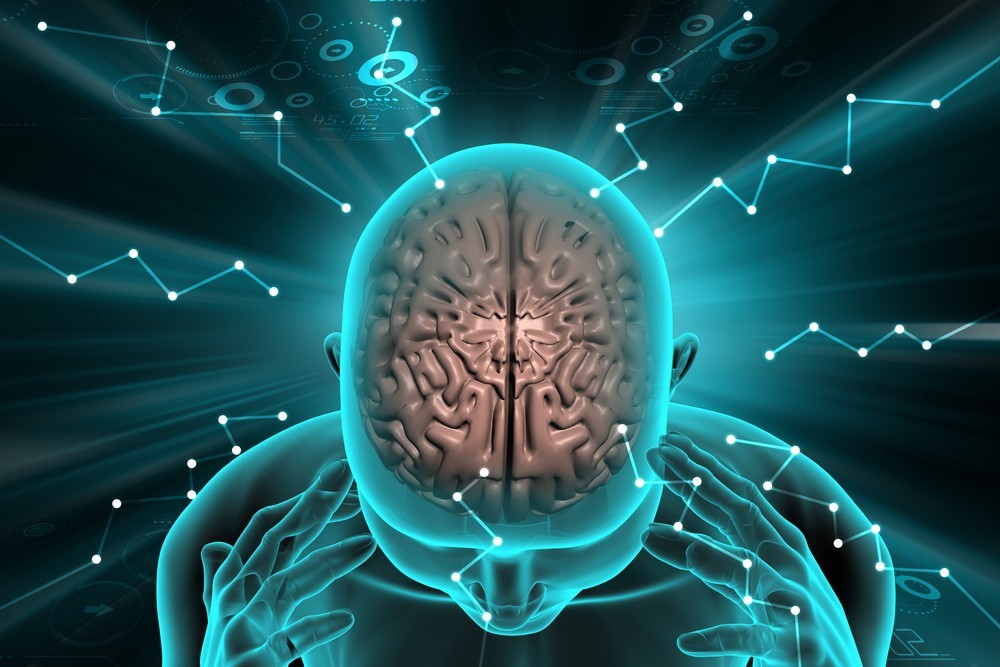What makes us aware of our thoughts, emotions, and surroundings? How do we experience reality? These questions have puzzled scientists and philosophers for centuries. Consciousness—the very essence of human existence—remains one of the most intriguing and mysterious aspects of the brain. While neuroscience has made significant strides in understanding brain function, the deeper mechanics of …
The Human Brain: Unraveling the Secrets of Consciousness

What makes us aware of our thoughts, emotions, and surroundings? How do we experience reality? These questions have puzzled scientists and philosophers for centuries. Consciousness—the very essence of human existence—remains one of the most intriguing and mysterious aspects of the brain. While neuroscience has made significant strides in understanding brain function, the deeper mechanics of consciousness continue to elude us. In this article, we explore the latest scientific insights into how the human brain produces consciousness, and what this means for our understanding of ourselves.
The Mystery of Consciousness: What Do We Know?
Consciousness can be defined as the state of being aware of and able to think about one’s own existence, thoughts, and environment and human brain. Unlike other biological processes, consciousness does not have a single, well-defined location in the brain. Instead, it emerges from the complex interactions between various brain regions.
Recent advances in neuroscience suggest that consciousness is not a single entity but rather a collection of different cognitive processes working together. Theories such as the Global Workspace Theory (GWT) and Integrated Information Theory (IIT) attempt to explain how consciousness arises from neural activity.
The Global Workspace Theory (GWT)
Proposed by cognitive scientist Bernard Baars, GWT suggests that consciousness functions like a spotlight, where information from various subconscious processes competes for attention. When specific neural processes gain dominance, they enter the “global workspace” and become part of our conscious experience. This theory explains why we can only focus on a limited number of things at any given moment.
Integrated Information Theory (IIT)
Developed by neuroscientist Giulio Tononi, IIT proposes that consciousness arises when a system integrates information in a way that generates a high level of complexity and awareness. According to IIT, the more interconnected and complex a neural network is, the higher its level of consciousness.
How the Brain Produces Consciousness
Although the exact mechanisms behind consciousness remain unknown, researchers have identified key areas of the brain that contribute to conscious experience.
1. The Cerebral Cortex: The Seat of Higher Thinking
The cerebral cortex, the outermost layer of the brain, is responsible for complex functions such as perception, reasoning, and decision-making. Certain regions, like the prefrontal cortex, are particularly important in self-awareness and introspection.
2. The Thalamus: The Brain’s Relay Center
The thalamus acts as a central hub that processes sensory information and relays it to different parts of the brain. Studies suggest that the thalamus plays a crucial role in coordinating conscious awareness.
3. The Reticular Activating System (RAS): The Wakefulness Regulator
The RAS, located in the brainstem, controls wakefulness and alertness. Damage to this system can lead to coma or loss of consciousness, indicating its essential role in maintaining awareness.
4. Neural Oscillations: The Rhythm of Thought
Brain activity is characterized by electrical oscillations, or brain waves, which help coordinate communication between different brain regions. Some researchers believe that synchronized neural oscillations are crucial for conscious experience.
The Role of Consciousness in Decision-Making and Perception
One of the most fascinating aspects of consciousness is its role in shaping perception and behavior or human brain. Studies show that much of what we perceive and decide happens before we become aware of it.
For example, neuroscientists have discovered that our brain makes decisions milliseconds before we become conscious of them. In a famous experiment, researchers found that brain activity predicting a decision occurred before the individual consciously decided to act. This raises philosophical and ethical questions about free will—do we truly have control over our decisions, or is consciousness just an observer of processes happening beneath the surface?
Altered States of Consciousness
Consciousness is not a fixed state; it exists on a spectrum. Various factors, such as sleep, meditation, drugs, and neurological conditions, can alter our conscious experience.
1. Sleep and Dreams
During sleep, consciousness fluctuates. While deep sleep is characterized by minimal awareness, REM sleep is associated with vivid dreams. Scientists believe that dreaming may help process emotions and consolidate memories.
2. Meditation and Mindfulness
Meditation practices can alter consciousness by increasing self-awareness and reducing mental chatter. Studies using brain imaging have shown that long-term meditators exhibit enhanced activity in areas linked to attention and emotional regulation.
3. Psychedelics and Expanded Consciousness
Psychedelic substances like LSD and psilocybin have been shown to alter brain activity, dissolving rigid thought patterns and increasing connectivity between brain regions. Some researchers believe that psychedelics offer insights into the neural mechanisms of consciousness.
The Future of Consciousness Research
Understanding consciousness is one of the greatest challenges in modern science. Researchers are using artificial intelligence, brain-computer interfaces, and neuroimaging technologies to unlock its secrets. Some key areas of future research include:
- Artificial Consciousness: Can machines ever achieve human-like awareness? AI advancements may help us understand what it takes to create a conscious entity.
- Neuroscience and Ethics: As we learn more about consciousness, ethical concerns arise, particularly regarding brain manipulation, mind-uploading, and cognitive enhancement.
- Medical Applications: Insights into consciousness could lead to breakthroughs in treating disorders such as coma, schizophrenia, and Alzheimer’s disease.
Conclusion
The quest to understand consciousness is a journey into the depths of what makes us human. While science has made progress in mapping human brain activity and identifying key regions involved in awareness, the ultimate nature of consciousness remains an enigma. As neuroscience, technology, and philosophy continue to intersect, we may one day unravel the full mystery of consciousness—forever changing our understanding of ourselves and reality.




